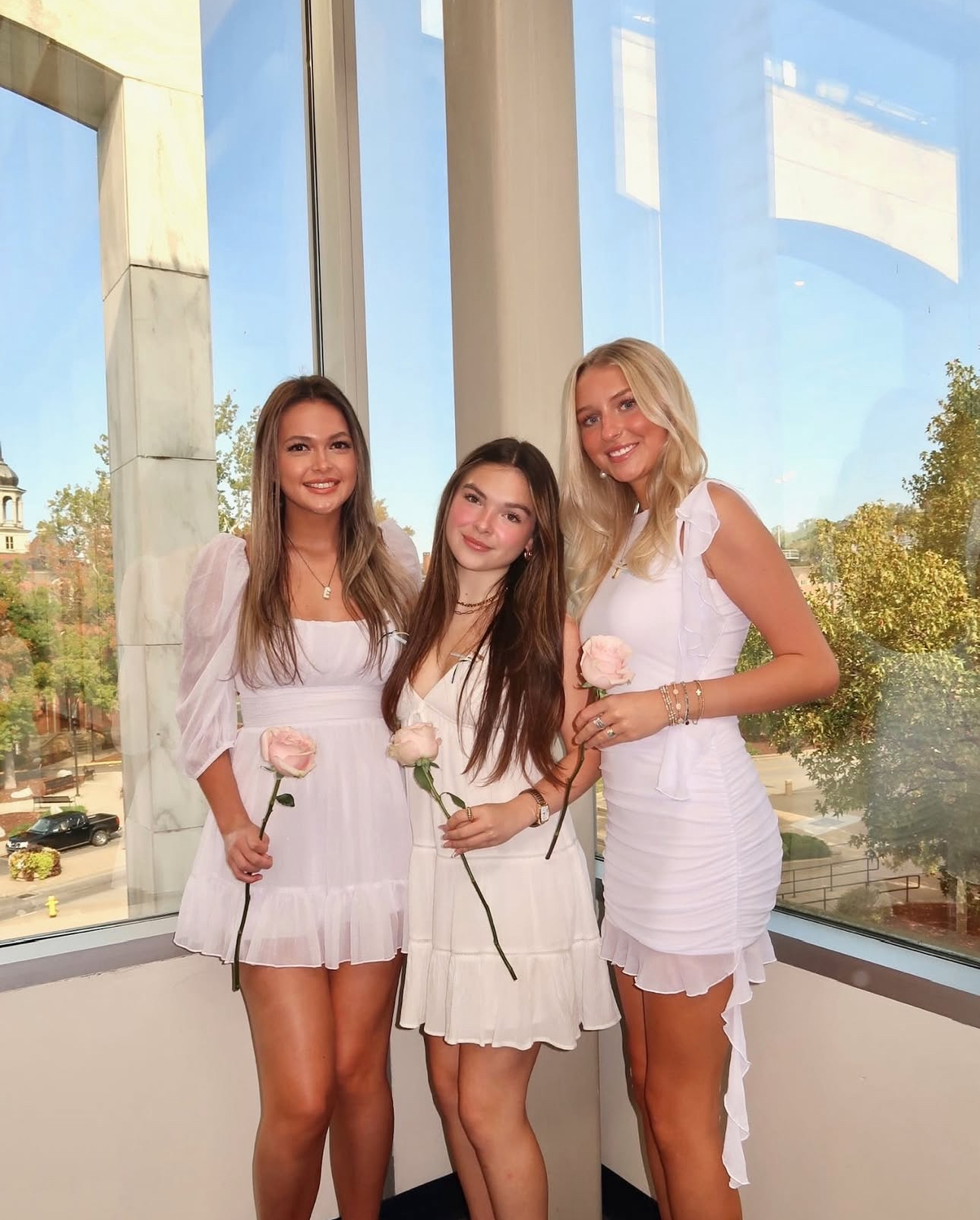
The Slaymaker Kinsey Award recognizes the initiated member(s) from each chapter with the highest cumulative GPA at the beginning of the academic year.
Read MoreSeptember 3, 2025 | The Slaymaker Kinsey Award recognizes the initiated member(s) from each chapter with the highest cumulative GPA ...
June 24, 2025 | In publishing and graphic design, Lorem ipsum is a placeholder text commonly used to demonstrate the visual form...
April 30, 2025 | Our Founders wanted a place where women on their campus could feel supported and form meaningful, genuine friend...
April 30, 2025 | In 2001, Courtney Caron-Peters, Fresno State ‘99, attended National Convention in Washington, D.C. to represent ...
April 30, 2025 | The term “hazing,” for purposes of reporting statistics on hazing incidents, means any intentional, knowing, or ...
April 30, 2025 | What does a typical day or week look like in your role as Leadership Coach? Each day is so different! I am worki...